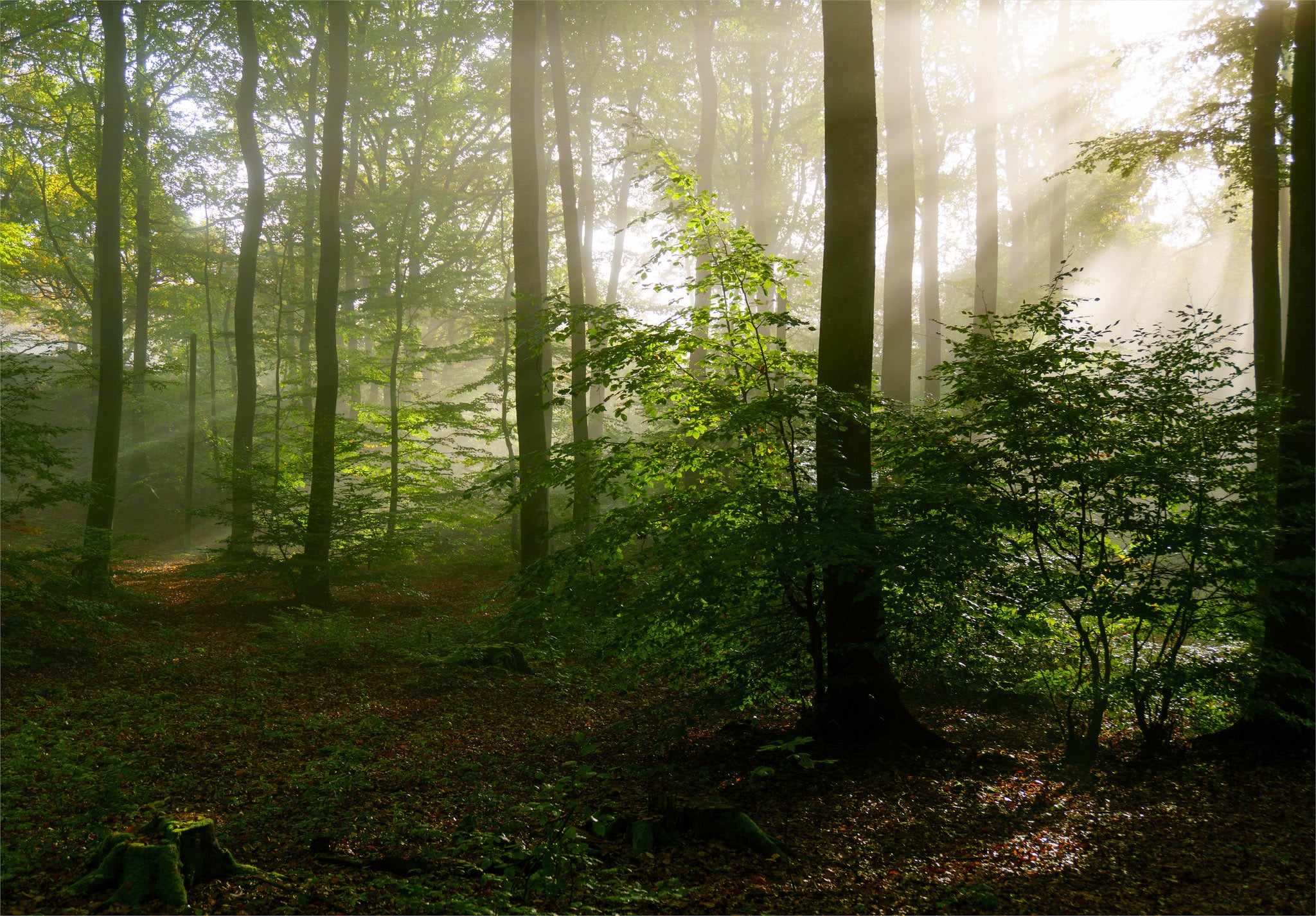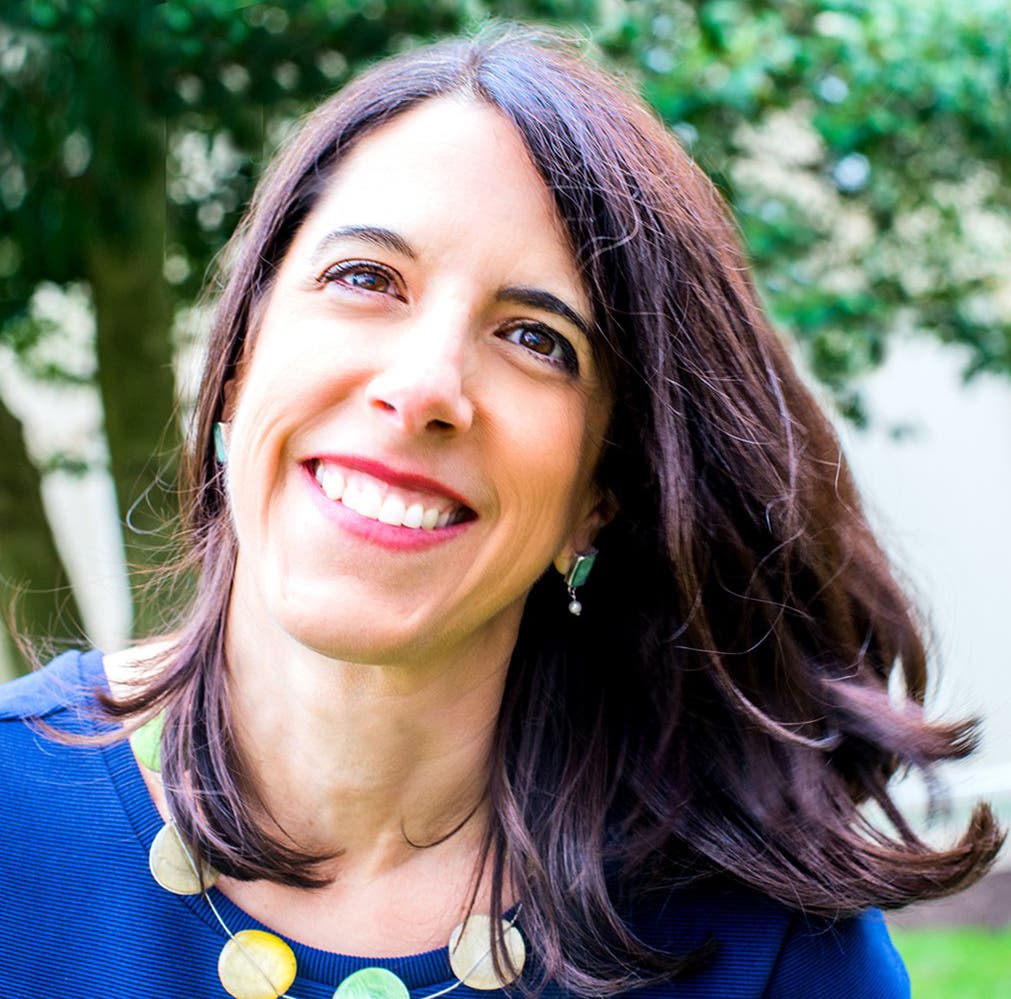The Science of Why You Love the Wilderness

'Norbert Reimer'
Anyone who’s stepped foot onto a trail knows that nature is good for you. Now, Florence Williams is here to tell us why. Her new book The Nature Fix: Why Nature Makes Us Happier, Healthier, and More Creative delves deep into new research showing the psychological benefits that being in nature has on human health.
Between presentations and panel discussions at Telluride’s Mountainfilm festival, Williams tested a group of peoples’ blood pressure and EKG readings before and after a short hike in the woods. The surprising conclusion: it took very little nature time to make a difference. Most participants were noticeably more relaxed after only a few minutes walking among swaying trees, singing birds, and trickling streams. We caught up with her to learn a little more about her research.

BACKPACKER: Why does our society need a nature rebalance?
Florence Williams: I think there are a couple main factors. One is that we are facing the largest mass migration in human history and it’s the migration to cities. We crossed a threshold in 2008 in which more people on the globe lived in cities than out of them, prompting one anthropologist to suggest we rename ourselves Metrosapiens. So we’re living in this totally new habitat that we didn’t evolve in.
At the same time, we are facing this chronic epidemic of disconnection from nature. We’re seeing that in the last generation or two, children grow up without substantial time spent outside. Even a lot of young professionals are in this boat. I’ve been writing a lot about the Girl Scouts, and part of the barrier we’re seeing in getting the girls outside is that their [adult] leaders are not comfortable camping and being in nature. So it’s not just the kids, but it’s also the kids’ parents.
Then there’s our wiredness to technology, which is another one of the reasons why we’re inside so much.
All of these things are related, and there’s this emerging anxiety among people who have noticed it. People who are uncomfortable with the connection to technology, who are noticing these rising levels of indoor problems like obesity, depression, and anxiety in so many young people.
What have been the most valuable sources of information for your work?
There have been a handful of scientists who have been generous with their time and taken me into their labs and the field and shared with me what they’re learning. I think a lot of scientists who are doing this work really understand the importance of reaching the public with their findings.
And I draw on my own personal experience. My book is written in the first person as I experienced a big change in my own personal habitat moving from Boulder, Colorado to Washington, D.C.
Your book and talks mention the power of awe in nature and the emotional response to stimuli that “blow your mind.” What does awe do for us?
We’re just starting to learn, but it looks like, physiologically, it can lower our inflammatory immune cells like our cytokines. When we look at wildlife, oxytocin hormone levels can rise, which can make us feel connection and love. Psychologically, it can make us feel a sense of unity and oneness. That’s important to so many different spiritual traditions, but can be really found in nature as well.
Of all the nature therapy programs you’ve encountered in your research, what has been the most interesting?
I’m very moved by the nature kindergartens, and by programs that are getting older kids outside too. I spent some time with an adventure boarding school for kids with ADHD and on the autism spectrum. I was very moved by that. Also, these wilderness trips with veterans who have PTSD—I feel like I can see some changes happening right before my eyes. I did this one 6-day trip down the main Salmon River in Idaho—the largest wilderness in the lower 48—and I just feel like I really watched some of these women emerge from their shells.
I think the healing garden movement in hospitals is getting some traction. That’s based on studies that show that when patients have more connection to nature, they recover faster and they request less pain medication. We also know that that time in the gardens is incredibly important for the nursing staff, who themselves are stressed out. Hospital errors are a surprisingly large cause of accidental death, so you do not want your nurses and doctors to be making mistakes.
After a while, some people can get a bit desensitized, even to beautiful views. Do we see a tolerance buildup to these nature treatments?
After living in the Rockies for two decades, I feel that I’m kind of spoiled. People tell me that Washington, D.C. has such beautiful parks, but I can still hear the airplanes and construction and garbage trucks. Because I have this very high threshold for what I consider a peaceful environment, I get disappointed in some of those urban environments.
But I think actual nature is ever changing. I don’t get bored from going to the same places or seeing the same views because there’s always a new bird or a different flower blooming or a different quality of light to the weather system
How does multitasking with phones and tech in nature undermine the benefits?
There’s a pilot study at the University of Utah showing that walking through a park while talking on your phone causes basically blindness to elements of nature around you. People who are on their phones while taking a walk literally don’t see or notice any more than someone who didn’t go on the walk at all. It seems hard to believe.
The Oregon Outdoor School Lottery Fund, Measure 99 sounds really cool. What other initiatives have you seen in line with this?
I love the Department of the Interior’s Every Kid in a Park program, which gives free Parks passes to every fourth grader. I don’t know if that program will continue in this administration, but I think that’s awesome.
The CDC is sponsoring some of these park prescription programs. The doctor can sit down, find out their [patient’s] address, map it to the closest park, and help them figure out how to get there. It’s providing some clearer pathways to accessing green space.
I also like what a lot of these nonprofit groups are doing too, like GirlTrek, which is working hard to get African American women outside and walking in community groups. That’s tapping into the power of peer pressure and also providing a sense of safety.
You’ve mentioned a “bravery gap” between girls and boys. Does nature help close this gap?
There has been a lot of interesting sociological research showing that time in nature increases girls’ self esteem. Once scientist I talked to, Viren Swami, thinks it’s because when you’re outside being physically active, you’re less concerned with how you look and more concerned with how your body is working. It’s power and it’s strength. For girls, that’s incredibly affirming, because girls are taught to be so preoccupied with their appearance.
When they’re mountain biking or hiking, girls are learning a new skill and that’s really boosting their self-confidence and making them feel stronger while making their appearance less important. For girls, that’s a really profound experience.
What effect do you think your work could have on government policy?
I’ve already been asked to give talks to planning departments that are trying to build arguments for why funding parks is important. The more evidence we have about how much nature can help human health, the more groundswell there will be to protect local green spaces as well as national parks and wilderness areas. I hope this book will help bolster this argument for better conservation, better planning, and also better institutional practices like giving kids recess, putting grass around a school, having nicer fields in public housing projects, and cleaning up parks so that people will use them.